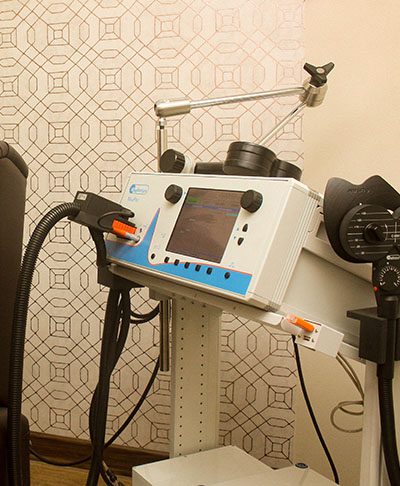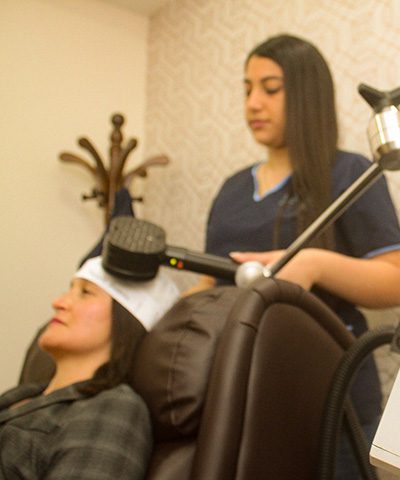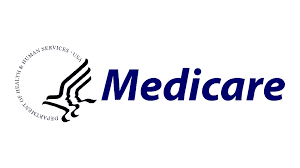In September 2022, the FDA officially approved the SAINT Neuromodulation System for treating depression. While the official SAINT protocol studied at Stanford University includes functional neuronavigation, similar treatments can still be implemented using standard brain mapping methods instead of functional MRI-guided targeting, which has not yet been proven to be the key factor in SAINT's success. Other components of SAINT, such as high-frequency Thera burst dosing, a larger number of sessions (50 compared to 36), and a more intensive treatment schedule (1 week versus 7-8 weeks), can be effectively administered with conventional TMS machines and standard localization techniques.
We provide Accelerated TMS Therapy. If you’re interested, please ask a member of our team for more details on what Accelerated TMS Therapy would look like. Here are some key things you should know about it:












